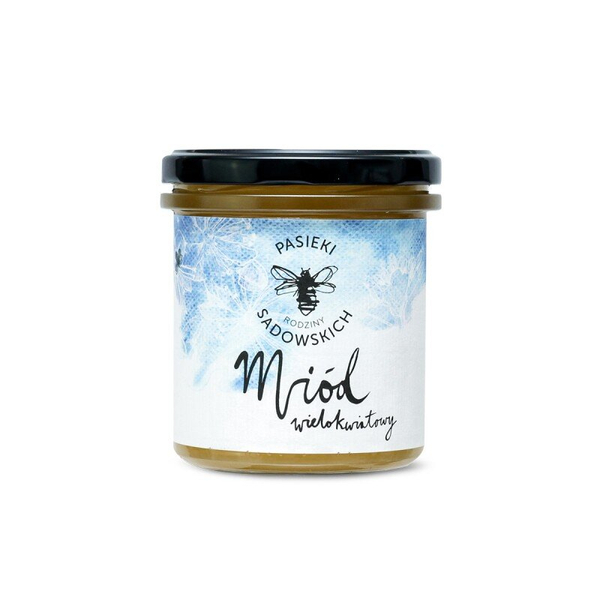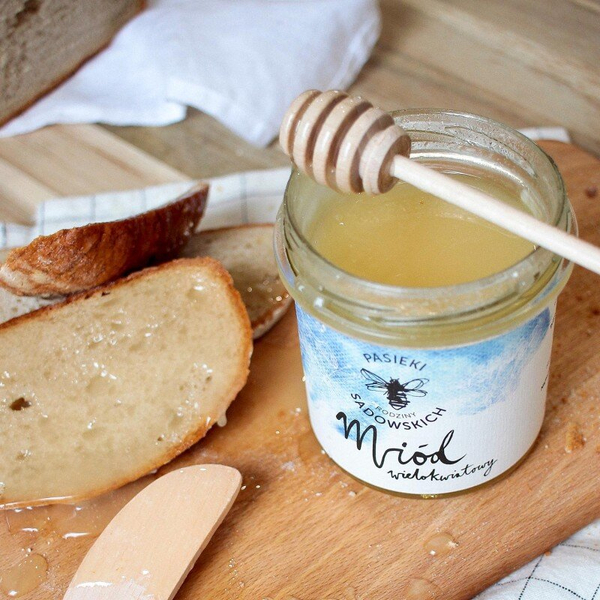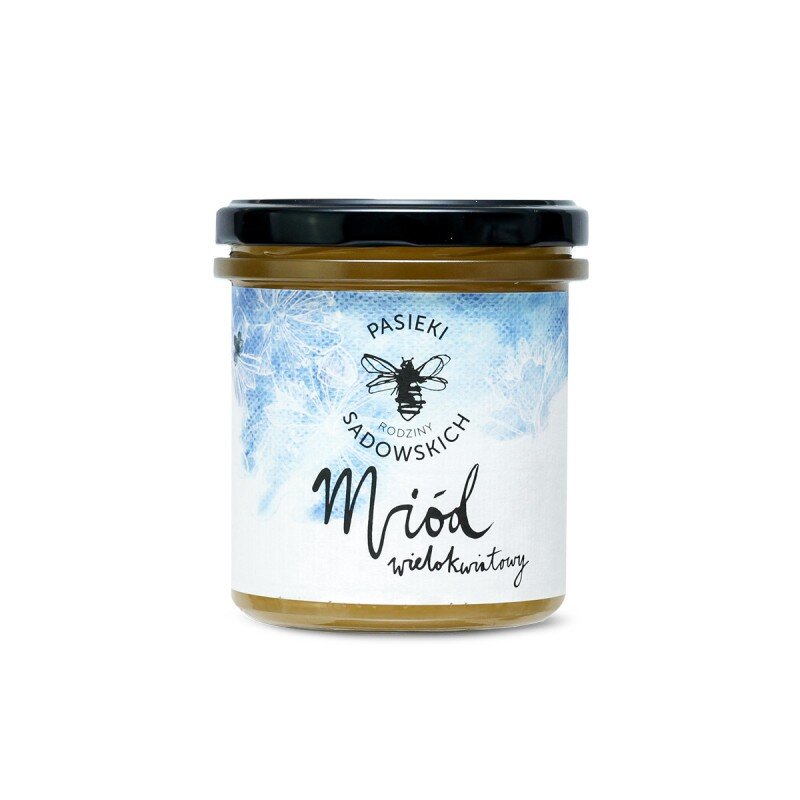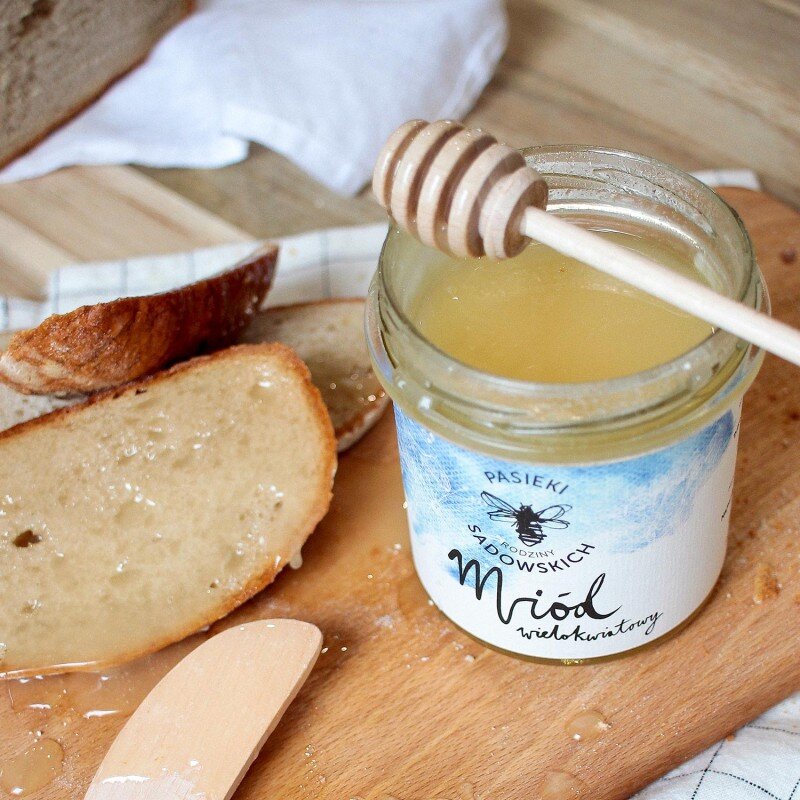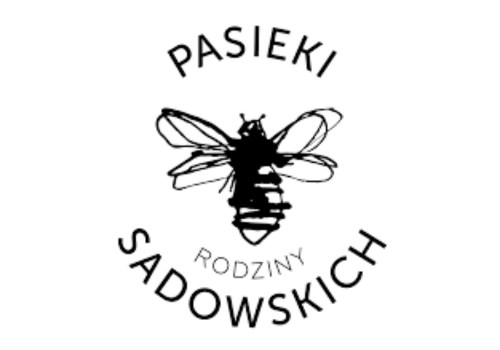- Fine-grained multifloral honey is a real power of taste and floral aroma. It delights with its natural sweetness.
The honey is sweet at first, and then reveals floral accents. This honey is an absolute surprise among traditional honeys. The color and taste of multifloral honey varies depending on the harvest time and the flowers blooming around our apiaries. One thing is certain - each jar is a unique power and a feast for the senses.
Multifloral honey is a composition of wonderful nectars from all the flowers available at a given time of year in the vicinity of our apiaries. This is a different process of obtaining honey than, for example, phacelia honey or linden honey, where the bees collect nectar or honeydew of one type.
Our workers take care of nectar diversity. Thanks to this, we can enjoy the wealth of unique values, taste and aroma.
The color of multifloral honey may vary depending on the lilies found in the vicinity of a given apiary. We have several dozen apiaries, so even in the same season, multifloral honey can vary greatly: from very light to dark yellow. Remember that natural multifloral honey will never be the same.
This honey is a surprise full of flavor and aroma straight from nature. It's not without reason that we call it the honey of a thousand flowers! Just look at these properties:
- sweet taste
- tempting floral aroma
- color from light to dark yellow or light brown
- a unique combination of nectar from various flowers
- rich in nutritional value, regardless of the time of harvest
- more delicate taste and slightly lighter color are a sign of spring harvest
- more intense floral notes and a darker color are honey from the height of summer
- each jar is 100% original composition of honey from our apiaries
- combines the natural powers of many crops and wild flowers
- the crystallization process occurs at different times depending on the types of nectar and honeydew collected
- enchants with beneficial ingredients at any time of the year
- Multifloral honey is nectar collected by our bees from various flowers. The rich composition may cause allergic reactions, so we recommend gradually introducing our honey into your diet, observing whether any allergies occur.


